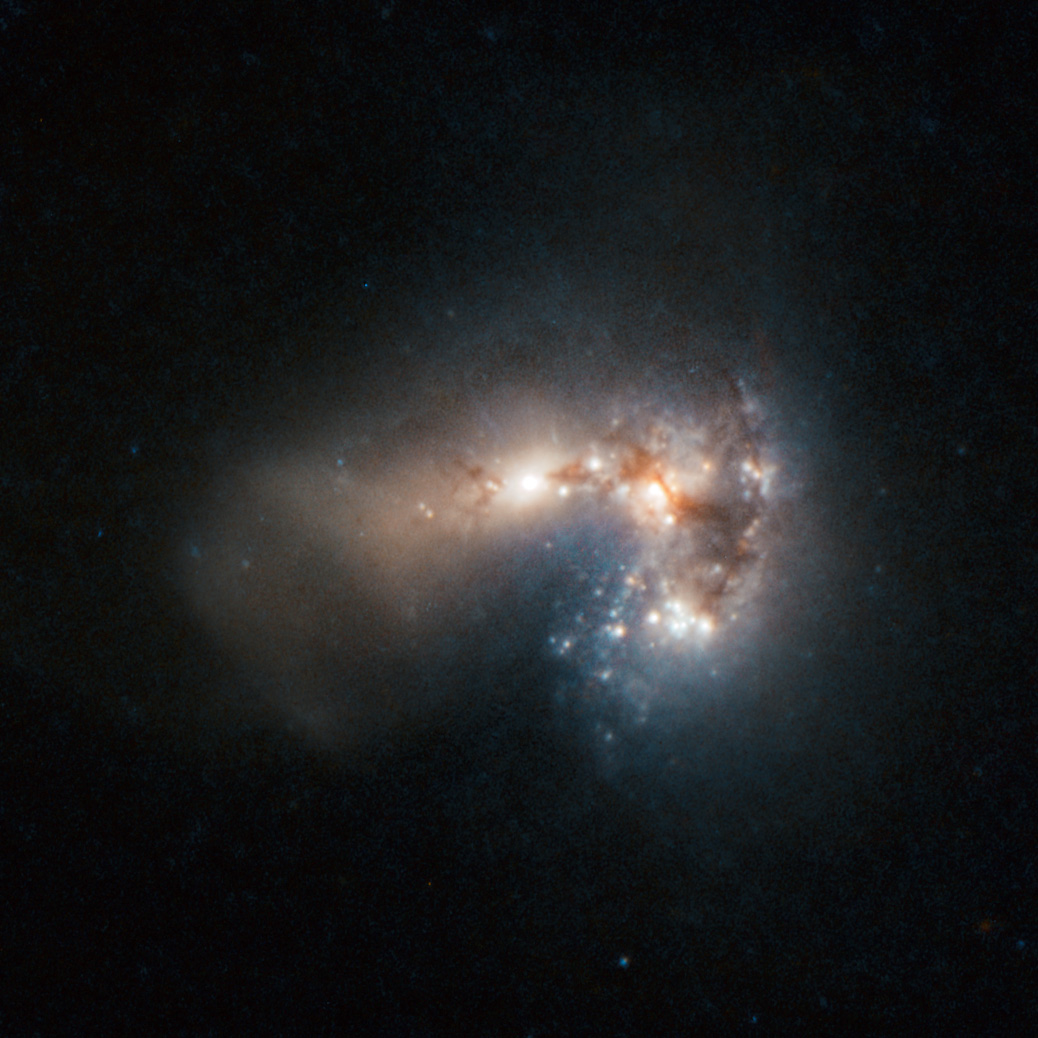C. Richardson - Elon University
LOCAL ANALOGUES TO EARLY UNIVERSE GALAXIES
Why are they interesting?
 The first galaxies formed around 200 million years after the Big Bang. Their primordial composition of relatively few heavy elements and high rate of star formation created a physical environment very different from nearby massive galaxies like the Milky Way and Andromeda. Directly observing the first galaxies at high redshift is a key mission goal for the James Webb Space Telescope. However, long exposure times prohibit the collection of a large galaxy sample and the low spatial resolution limits how much about the physical enviroment can be inferred.
The first galaxies formed around 200 million years after the Big Bang. Their primordial composition of relatively few heavy elements and high rate of star formation created a physical environment very different from nearby massive galaxies like the Milky Way and Andromeda. Directly observing the first galaxies at high redshift is a key mission goal for the James Webb Space Telescope. However, long exposure times prohibit the collection of a large galaxy sample and the low spatial resolution limits how much about the physical enviroment can be inferred.
One possible solution involves understanding highly metal poor dwarf galaxies at z ~ 0, which can exhibit many of the same properties present in the first galaxies. Observing relatively local galaxies enables in a greater sample size that can examined in greater detail. Particularly of interest is the idea that these galaxies can leak radiation into their surrounding medium, a mechanism possibly responsible for the reionization epoch. I'm interested in the proper treatment of X-ray binaries, stellar atmospheres, stellar evolution, and cloud topology in the highly metal poor regime to improve photoionization models that will elucidate big picture questions about the early stages of galaxy evolution.
Recent Publications
- Ramambason, L., Lebouteiller, V., Bik, A., Richardson, C. T., Galliano, F., Schaerer, D., Morisset, C., Polles, F., Madden, S.C., Chevance, M., De Looze, I., "Inferring HII region escape fractions of ionizing photons from infrared emission lines in metal-poor star-forming dwarf galaxies", 2022, A&A, 667, 35
- Richardson, C. T., Polimera, M. S., Kannappan, S. J., Moffett, A. J., Bittner, A. S., "Addressing the [O III]/Hβ offset of dwarf galaxies in the RESOLVE survey", 2019, MNRAS, 486, 3541
- Meskhidze, H., Richardson, C. T., "An Atlas of Star-Forming Galaxy Equivalent Widths", 2017, ApS&S, 362, 200
- Richardson, C. T., Allen, J. T., Baldwin, J. A., Hewitt, P. C., Ferland, G. J., Crider, A.,Meskhidze, H., "Interpreting the Ionization Sequence in Star-Forming Galaxy Emission Line Spectra", 2016, MNRAS, 458, 988
- Allen, J. T., Hewitt, P. C., Richardson, C.T., Ferland, G. J., Baldwin, J. A., "Classification and Analysis of Emission Line Galaxies Using Mean Field Independent Component Analysis", 2013, MNRAS, 430, 3510